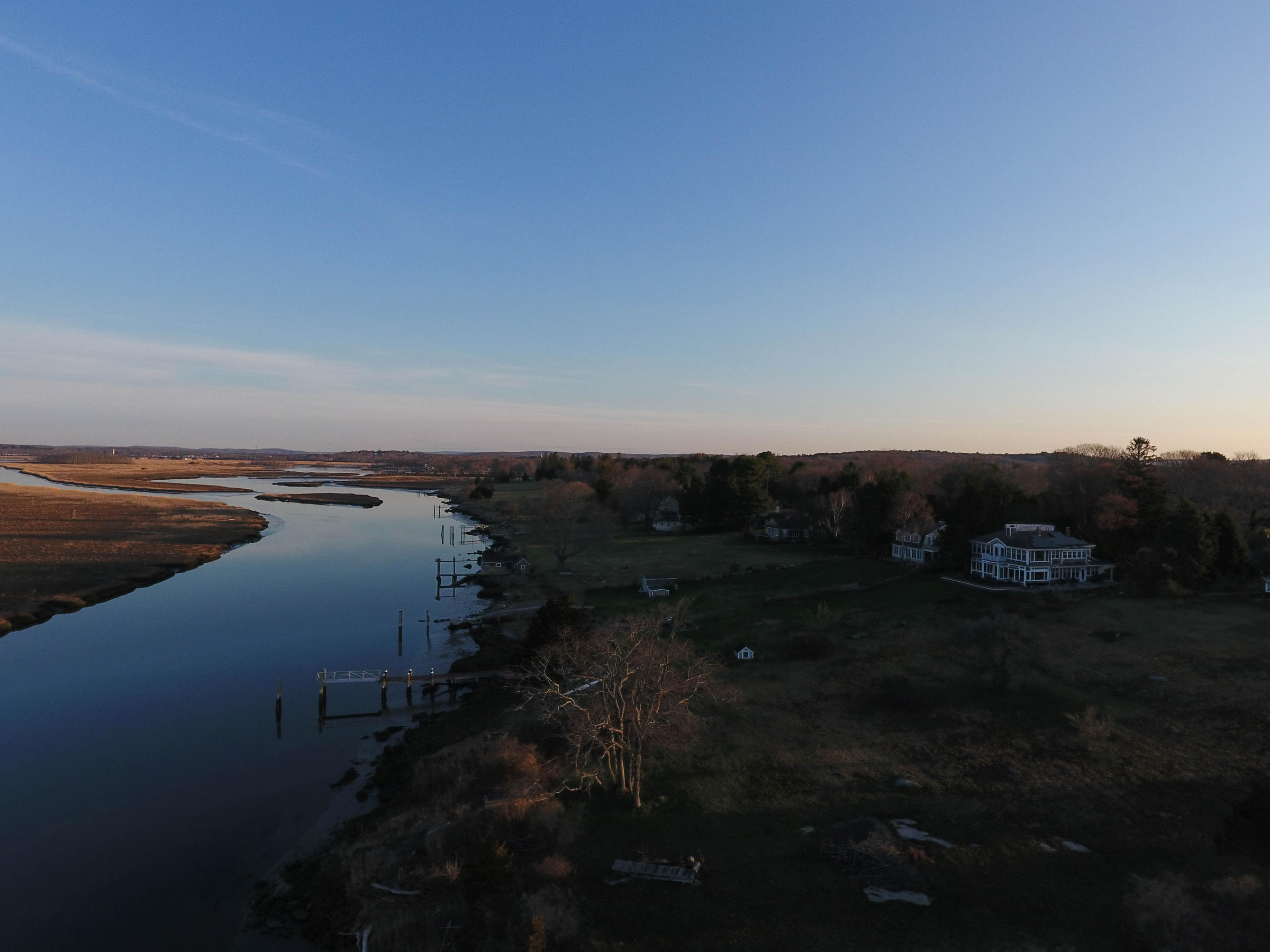How Nutrients In The Connecticut River Become Pollutants In Long Island Sound

The Back River in Old Lyme, Connecticut, a tributary to the Connecticut River.
Photo by Ryan Caron King for NENC
By the end of the year, the Environmental Protection Agency is expected to announce new limits on the amount of nitrogen that wastewater treatment plants in Massachusetts, Vermont, and New Hampshire can release into the Connecticut River.
That could mean a small tweak of a system, or a costly plant retrofit. No one knows for sure until the limits are announced.
Nitrogen is a pollutant that’s blamed for fish die-offs in Long Island Sound, where the Connecticut River winds up. The river is the largest freshwater tributary to the salty Sound.
